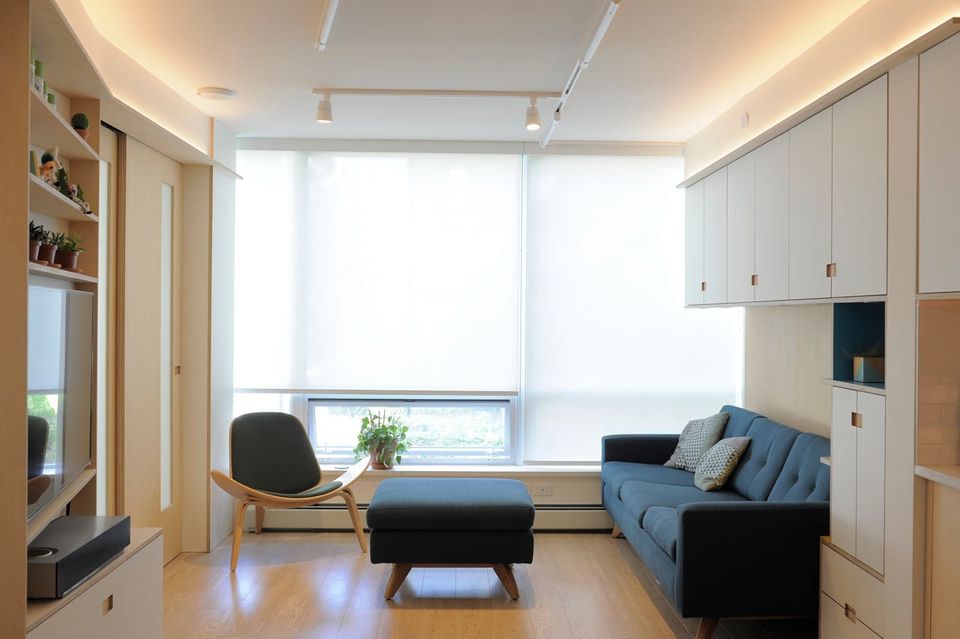PREPARING TO FIND A NEW APARTMENT
November 5, 2018

Finding an apartment in a tight market is hard. Especially in winter months when people aren’t moving much. Use these tips to get yourself organized to find the perfect apartment.
- Determine your budget. According to experts, your rent should be no more than 30% of your monthly income. So if you bring home $3000 each month, your rent should be around $1000. IF you bring home $1000, your rent should be no more than $350.
- Think about Utilities. Often, rent includes utilities—in that case, you can spend more on your housing budget. If paying bills is a concern, look for rents that include free heat or water and trash utilities.
- Start looking early. You will have more choices and information, if you start looking a month or so in advance.
- Consider all the factors. Instead of just focusing on price, think about other issues. How convenient is your location to work or school? Is the neighborhood safe? Is there laundry facilities in the apartment or building?
- Prepare your documents. Your new landlord will want to see your driver’s license, pay stubs, references, proof of employment, etc. Have these items ready to get the process going.
- Gather your downpayment. Most landlords are going to require a month’s rent upfront and deposit equal to one month. Start putting aside money so you can meet this requirement.
- Do a walkthrough. Sometimes it is inevitable and you have to rent a place sight unseen. But if at all possible, view the place. You will be signing an ‘as is’ lease and you want to be aware of all issues. Look for smoke detectors, HVAC issues, appliances, etc.
- Sign the lease. Make sure you read through your lease. If you have questions, talk to your landlord. Now is the time to get clarification and make any changes that are necessary.
A little up-front prep can make the apartment finding process easier. Good luck!
Share this post

Now that you've signed your lease, it's time to go through a moving checklist: 1. Contact your current landlord to set up a move out time. You might need to schedule a walk through or exit appointment. 2. Contact your new landlord to set up a time to receive keys, establish procedure to pay your rent and deposit, and find out moving procedures. 3. Set up your utilities, including electric, gas, trash, water and telephone/cable/internet. 4. Change your address. You can do this easily at usps.com/move 5. Collect boxes and start packing! Enlist help from friends and family for your moving day or call a moving company. 6. Clean your current house or apartment thoroughly for the next person. 7. Relax! You have it all under control. Now it's time to move furniture and decorate your new place!

January 20: National Soup Month It makes sense that January is national soup month. After all, what better way to stay cozy than to wrap up in a blanket and eat hot soup and crusty bread for dinner? And if you have a cold, then chicken noodle soup or broth is the best way to get nutrients and warm your insides. My kids love it when I make pizza soup in the crockpot or take the time to make Italian wedding soup with mini meatballs. I’m always looking for new soup recipes, what is your favorite soup?!

January 13: Rubber Duckie Day Everyone loves the rubber duckie—the iconic yellow rubber toy is a favorite with children and adults. Even Queen Elizabeth II is rumored to have a rubber duckie sporting a crown in her bathroom, sparking a national obsession with rubber duckies a few years back in Great Britain. January 13 is Rubber Duckie Day because a 1973 Sesame Street episode showed a calendar with Rubber Duckie’s birthday reported as January 13th. So today, enjoy a nice bubble bath with a rubber duckie or purchase one for a special person in your life!


